25+ SAMPLE Construction Company Proposal
-
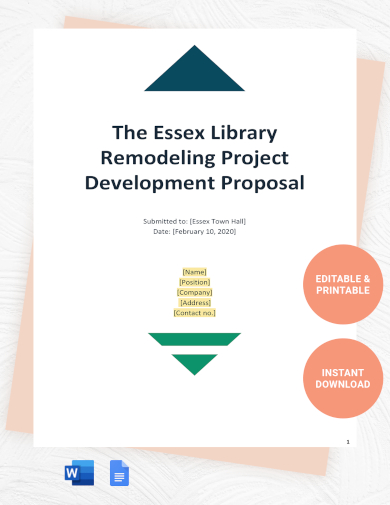
Construction Company Proposal Template
download now -

Construction Partnership Proposal Template
download now -
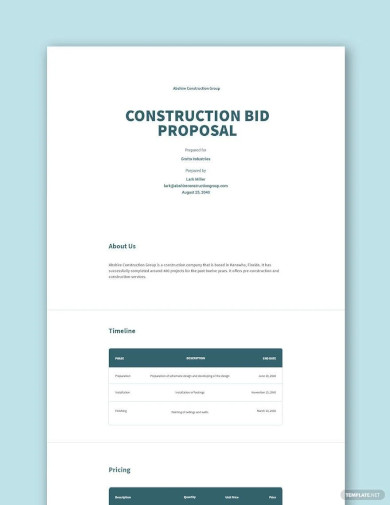
Construction Bid Proposal Template
download now -
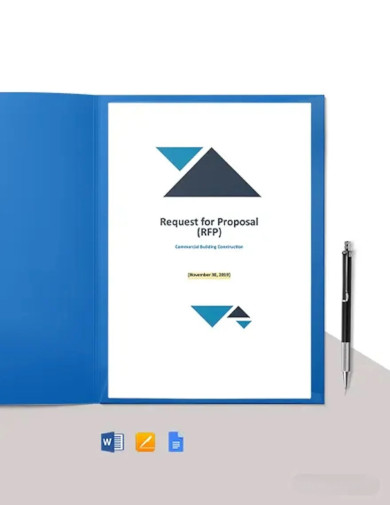
Construction Request for Proposal
download now -
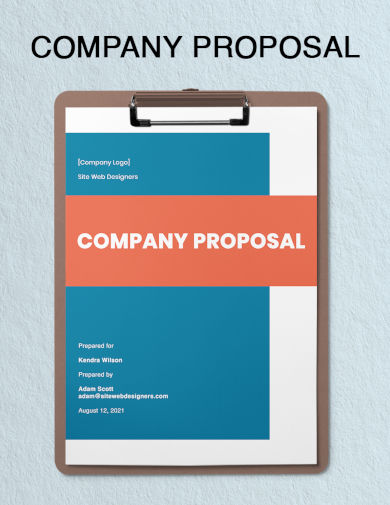
Company Proposal Template
download now -
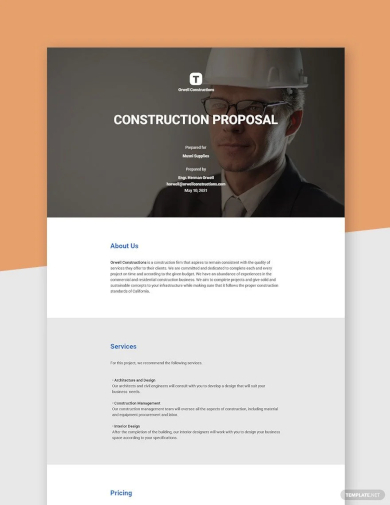
Construction Proposal Template
download now -
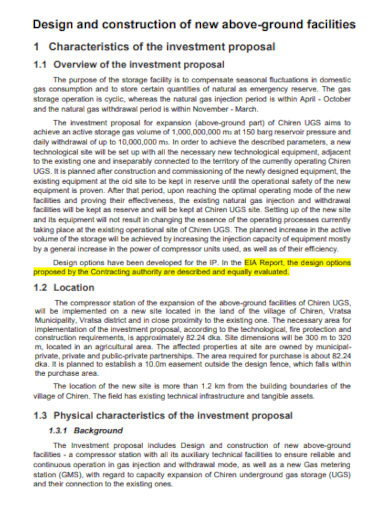
Construction Company Investment Proposal
download now -
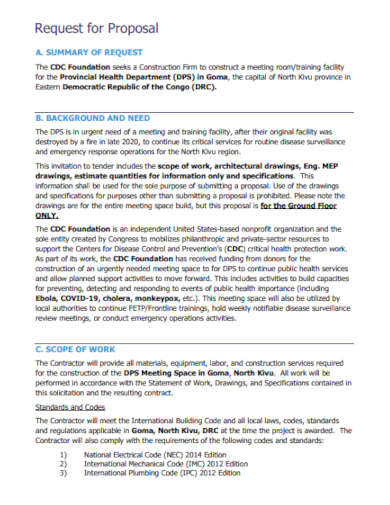
Construction Firm Request for Proposal
download now -

Construction Company Bid Proposal
download now -
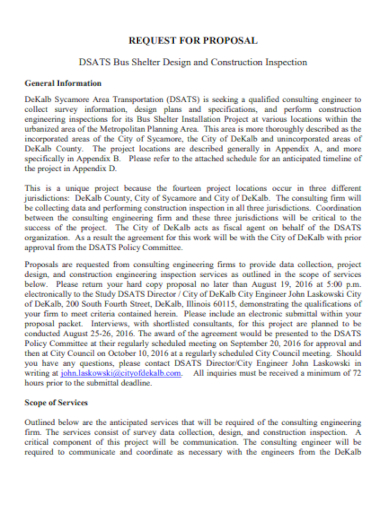
Construction Inspection Company Proposal
download now -
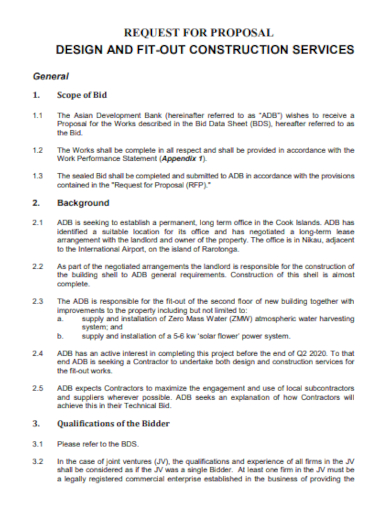
Construction Services Company Proposal
download now -

Construction Company Project Proposal
download now -
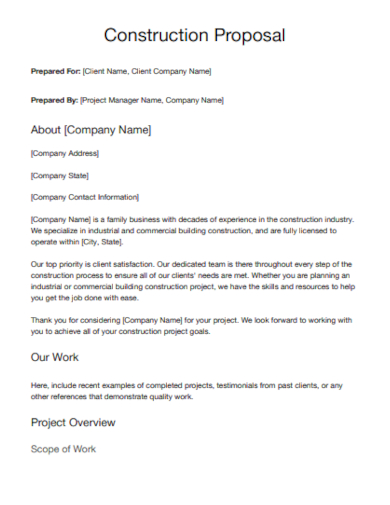
Construction Company Client Proposal
download now -
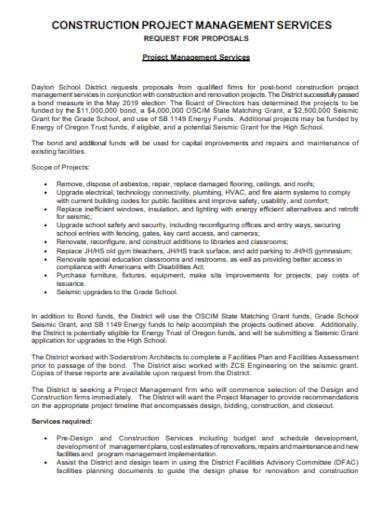
Construction Company Management Proposal
download now -
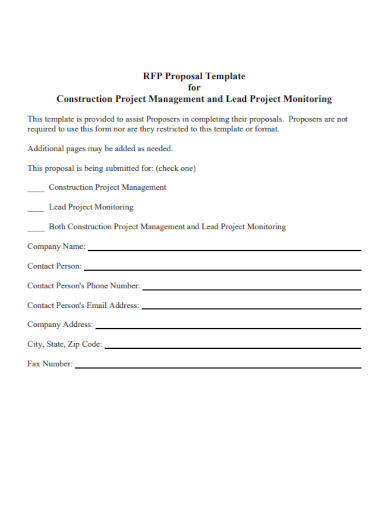
Construction Lead Company Proposal
download now -
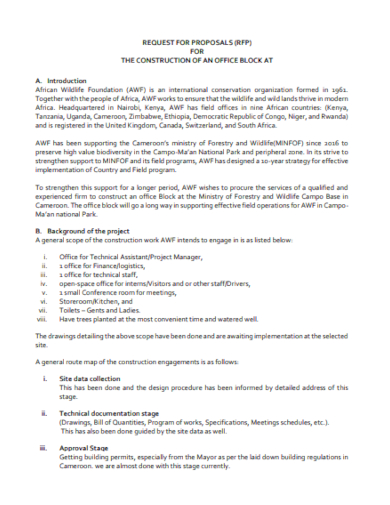
Construction Office Proposal
download now -
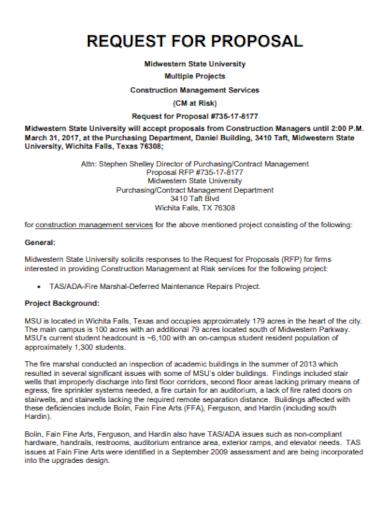
Construction Company Services Proposal
download now -
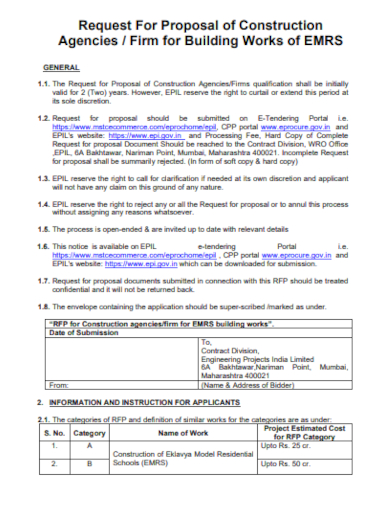
Construction Agency Company Proposal
download now -

Small Construction Company Proposal
download now -
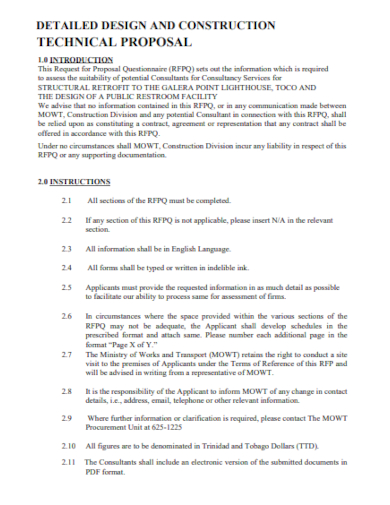
Construction Company Technical Proposal
download now -
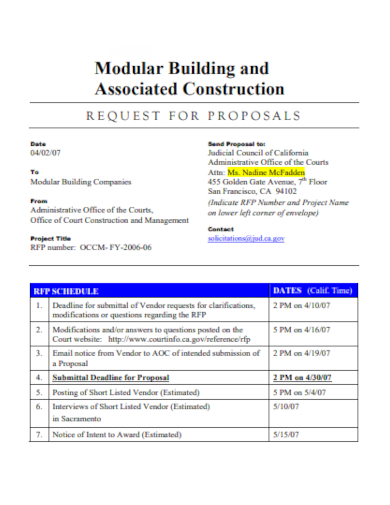
Building Construction Company Proposal
download now -
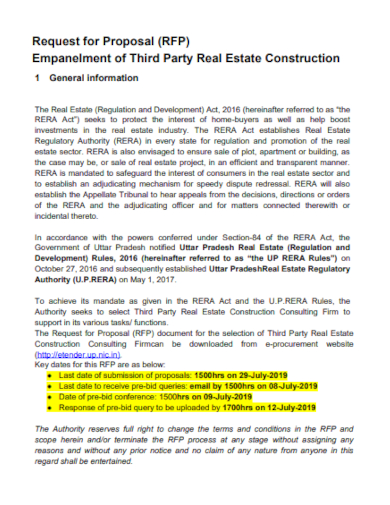
Real Estate Construction Company Proposal
download now -
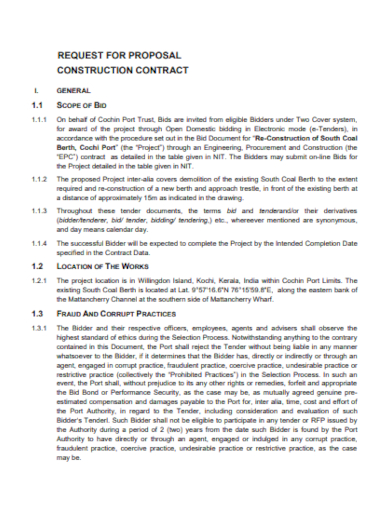
Construction Company Contract Proposal
download now -
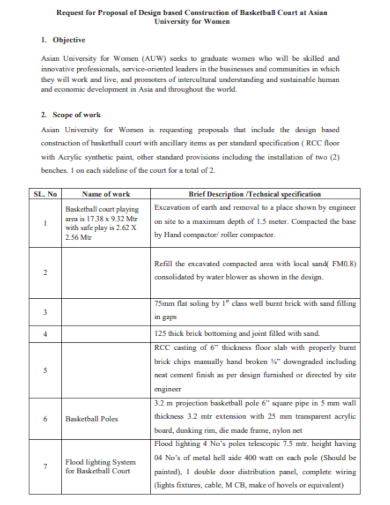
Construction Company Request for Proposal
download now -

Building Construction Project Company Proposal
download now -
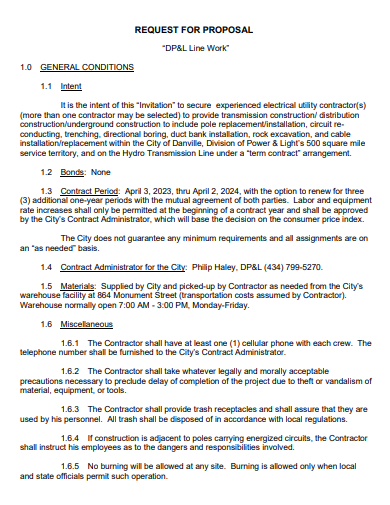
Contractor Construction Company Proposal
download now
FREE Construction Company Proposal s to Download
25+ SAMPLE Construction Company Proposal
Definition:
Understanding the Basics of a Construction Company Proposal:
The Importance of a Well-Structured Proposal:
Elements of a Comprehensive Proposal:
Incorporating Client Needs:
Utilizing Visuals in Your Proposal:
The Role of Digital Tools in Crafting Proposals:
Why is it crucial for construction companies to create well-crafted proposals?
How does the proposal address project risk assessment and mitigation strategies?
What role does the proposal play in facilitating negotiations and project agreements?
Can a construction company proposal be used for both public and private sector projects?
Why should the proposal provide a detailed project timeline and workflow?
Definition:
A Construction Company Proposal is a formal document presented by a construction firm outlining their qualifications, methodologies, and estimated costs for a specific project. It serves as both a promotional tool and a detailed plan, highlighting the company’s expertise, past achievements, and approach to ensuring timely and quality delivery. This proposal aids clients in making informed decisions about selecting the right contractor for their needs.
Understanding the Basics of a Construction Company Proposal:
A construction company proposal is more than just a simple bid; it’s a comprehensive document that showcases a company’s capability, past achievements, and proposed methodologies for a project. It’s a crucial tool for winning new projects and establishing credibility in the industry.
The Importance of a Well-Structured Proposal:
In a competitive marketplace, having a well-thought-out proposal can set your company apart. A robust proposal not only gives potential clients a clear understanding of your expertise but also instills confidence in your ability to deliver on promises.
Laying the Groundwork:
Every proposal serves as a formal presentation of ideas, solutions, or suggestions for potential projects or business transactions. The initial foundation of your proposal dictates its trajectory, providing a clear picture of what you aim to achieve.
The Role of Clear Objectives:
Stating the objectives crisply provides direction for the entire proposal. It clearly defines what you intend to achieve, offering a roadmap for both the proposer and the recipient.
Financial Implications and Projections:
The financial section, inclusive of cost estimates, potential revenue, and return on investment, is pivotal. It not only showcases feasibility but also helps in decision-making processes for potential investors or stakeholders.
Conclusion and Call to Action:
Rounding off your proposal with a concise conclusion re-emphasizes the core objectives and benefits. It’s essential to conclude with a strong call to action, guiding the recipient on the subsequent steps, showing a clear pathway to collaboration or agreement.
The Integration of Visuals:
Visual aids, such as charts, graphs, and infographics, can make complex data more digestible. It enriches the proposal, making it more engaging and easier to understand.
Maintaining Fluidity and Cohesion:
Ensuring that every section of the proposal seamlessly flows into the next is key. It offers a comprehensive, holistic view, making it easier for recipients to grasp the full spectrum of your proposal.
Elements of a Comprehensive Proposal:
Every construction company proposal should cover several key elements:
- Introduction and Overview: This is the gateway to your proposal. A compelling introduction provides context, presenting the problem or opportunity at hand, and how your proposal intends to address it.
- Statement of Need or Problem Statement: Detail the specific challenges or gaps that exist. This section justifies why the proposal is essential and seeks to gain the reader’s buy-in regarding the urgency or importance of the issue.
- Objectives and Goals: Clearly define what you aim to achieve. Outline measurable targets, setting clear expectations for the outcomes of the proposal.
- Scope of Work: Detail the specific activities, tasks, or steps involved in executing the proposal. It provides clarity on what will (and won’t) be covered.
- Methodology and Approach: Describe the strategies and techniques you’ll use to achieve the proposal’s objectives. This section showcases your expertise and strategic thinking.
- Timeline and Milestones: Provide an estimated timeline for each phase of the project, highlighting key milestones. This offers a roadmap for implementation and sets time-based expectations.
- Budget and Financial Projections: Break down the expected costs associated with the proposal. If applicable, also present potential revenue, savings, or return on investment.
- Team and Resources: Introduce the team that will work on the project, highlighting their qualifications and expertise. Also, list the resources, equipment, or technology you’ll utilize.
- Benefits and Value Proposition: Articulate the advantages of your proposal. How does it stand out from alternatives? What unique value does it offer?
- Risks and Contingency Plans: Identify potential challenges or obstacles and outline plans to mitigate or address them. This showcases foresight and preparedness.
- Supporting Evidence: Include any data, research, case studies, or testimonials that reinforce your proposal’s viability. This can bolster credibility and trust.
- Conclusion and Call to Action: Summarize the key points of the proposal and guide the recipient on next steps, whether it’s a meeting, feedback session, or formal agreement.
- Appendices and Supplementary Materials: Provide additional information or documents that support the main content of the proposal but might be too detailed for the main sections.
- Feedback and Revision Mechanism: Include a process for gathering feedback and making necessary revisions, ensuring that the proposal is a collaborative effort with the potential client or stakeholder.
- Terms and Conditions: Outline any legal or contractual stipulations related to the proposal. This could include payment terms, deliverable specifications, confidentiality clauses, and more.
Incorporating Client Needs:
Listening to potential clients and tailoring your proposal to their specific needs is vital. This doesn’t just mean adjusting cost estimates or timelines, but also understanding the client’s vision and ensuring your proposal aligns with it.
Understanding the Client’s Vision:
Begin by actively listening to the client’s desires and expectations. This will not only give a sense of direction but also ensures that the proposal aligns with their vision.
Detailed Client Profiles and Analysis:
Gather information on the client’s history, preferences, and past projects. This background check allows a tailored approach, creating a proposal that resonates with their values and ethos.
Customized Solutions:
Avoid generic or one-size-fits-all strategies. Design bespoke solutions catering specifically to the client’s unique challenges and objectives, showcasing a deep understanding of their needs.
Realistic Expectations:
It’s essential to set achievable goals based on the client’s aspirations. By managing their expectations from the start, you ensure satisfaction upon project completion.
Utilizing Modern Tools:
Leverage technology and software to understand and incorporate client needs better. This can range from CRM systems that track client interactions to visualization tools that allow clients to see their ideas come to life.
Continuous Learning and Adaptability:
Recognize that client needs may evolve over time. Being adaptable and willing to pivot strategies to cater to changing requirements is crucial for long-term client satisfaction.
Prioritizing Client Relationships:
Beyond the immediate proposal, invest time in building strong, long-term relationships with clients. Understand their long-term goals and regularly check in, even post-project, to ensure their needs are continually met.
Addressing Concerns Proactively:
Anticipate potential client reservations or concerns and address them upfront in the proposal. By showcasing proactive problem-solving, clients will feel their needs are genuinely understood and considered.
Utilizing Visuals in Your Proposal:
Incorporate diagrams, photos of past projects, and other visuals. These can be especially effective in showcasing your expertise and giving clients a tangible sense of what you offer.
The Power of Visual Storytelling:
Visual elements can simplify complex concepts, making the proposal more accessible and engaging. Use compelling visuals to tell a story and guide the client through the proposal narrative.
Graphs and Charts:
Use graphs, pie charts, and bar diagrams to present data. This can make numerical information, such as budgets, timelines, or projections, easier to digest and understand.
Infographics:
Break down complex processes or workflows into easy-to-follow infographics. They provide a visual roadmap, making processes transparent and easy to grasp.
Images of Past Projects:
Showcase your previous work with high-quality images. This offers tangible evidence of your capability, quality, and aesthetics, enhancing your credibility.
3D Visualizations:
For construction or design proposals, consider incorporating 3D renderings or virtual walkthroughs. This provides a more immersive experience, allowing clients to visualize the final outcome.
Flowcharts and Mind Maps:
For processes or organizational structures, use flowcharts or mind maps. They visually represent hierarchies or workflows, clarifying roles and procedures.
The Role of Digital Tools in Crafting Proposals:
Embracing modern digital tools can streamline the proposal process. From software that aids in cost estimation to platforms that help with design visualization, technology can provide a competitive edge.
Digital Evolution in Proposal Creation:
The advent of digital technology has transformed the way proposals are crafted, shared, and evaluated. With an array of advanced tools at one’s fingertips, creating compelling and interactive proposals has never been easier.
Document Collaboration Platforms:
Tools like Google Docs, Microsoft Teams, and Dropbox Paper allow multiple users to collaborate in real-time. This promotes a more cohesive proposal-making process, especially when teams are dispersed geographically.
Cloud-Based Proposal Software:
Platforms like Proposify, PandaDoc, and Qwilr specialize in creating polished proposals. They offer templates, electronic signatures, analytics, and integration with other business tools.
Design and Graphics Software:
Using tools like Adobe Creative Suite or Canva, users can design visually appealing proposals with professional-grade graphics, enhancing the proposal’s aesthetic appeal and effectiveness.
CRM Integration:
When integrated with Customer Relationship Management (CRM) tools like Salesforce or HubSpot, proposals can be tailored based on historical data and client interactions, leading to more personalized pitches.
Feedback and Annotation Tools:
Digital tools allow clients to provide feedback directly on the proposal. Real-time annotations and comments streamline revisions and foster collaborative discussions.
Analytics and Engagement Tracking:
Some proposal software provides insights into how clients interact with the proposal. This includes metrics like time spent on each page, which sections were most viewed, and when the proposal was opened, helping in refining future proposals.
Why is it crucial for construction companies to create well-crafted proposals?
Well-crafted proposals enable construction companies to effectively communicate their expertise, differentiate from competitors, provide clear project outlines, and build trust with potential clients, ultimately increasing the likelihood of securing contracts and fostering long-term business relationships.
How does the proposal address project risk assessment and mitigation strategies?
The proposal details project risk assessment by identifying potential challenges, their likelihood, and potential impacts. It then outlines mitigation strategies, offering solutions to manage, reduce, or eliminate those risks, ensuring stakeholders of the company’s proactive approach and commitment to project success.
What role does the proposal play in facilitating negotiations and project agreements?
The proposal serves as a foundation for negotiations, presenting the project’s scope, terms, and costs. It offers a clear reference point for discussions, streamlining agreements by setting expectations, and demonstrating the contractor’s expertise, ensuring both parties align on objectives, timelines, and deliverables before commencing work.
Can a construction company proposal be used for both public and private sector projects?
Yes, a construction company proposal can be tailored for both public and private sector projects. While the core elements remain similar, specifics might differ based on regulatory requirements, project scale, and stakeholder needs. Proper customization ensures alignment with the unique demands of each sector.
Why should the proposal provide a detailed project timeline and workflow?
A detailed project timeline and workflow in the proposal offer clarity on project milestones, ensures efficient resource allocation, builds client trust by setting clear expectations, and aids in monitoring project progress, ensuring timely delivery and minimizing potential delays or cost overruns.
In summarizing our Construction Company Proposal guide, it’s clear that meticulous planning, understanding of industry benchmarks, and leveraging best construction practices are paramount. With tools like cost estimation and insights on sustainable building, this comprehensive resource sets the stage for your success. For more in-depth explorations and updates in the construction realm, continue to connect with our platform. Build the future with confidence and precision.
